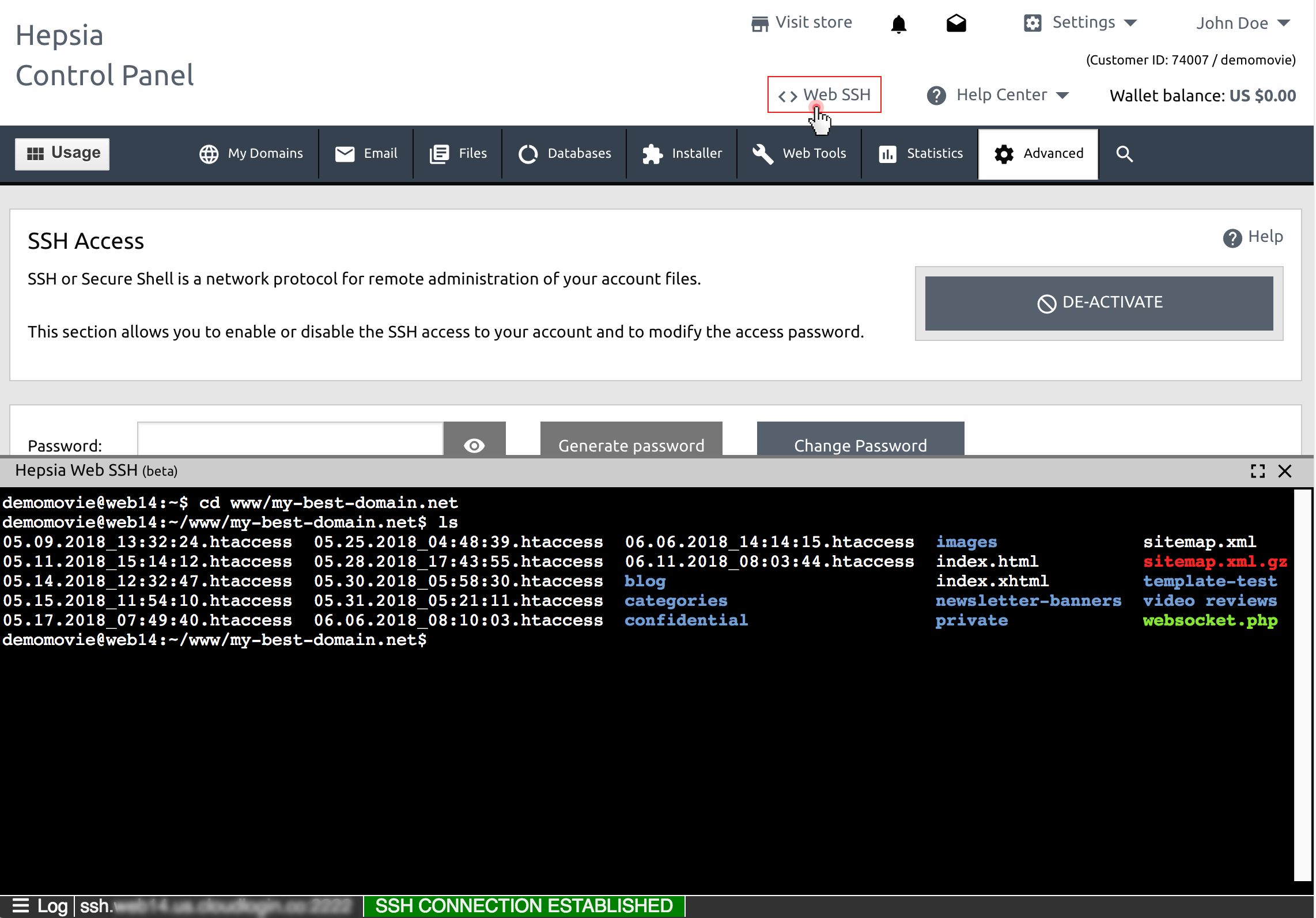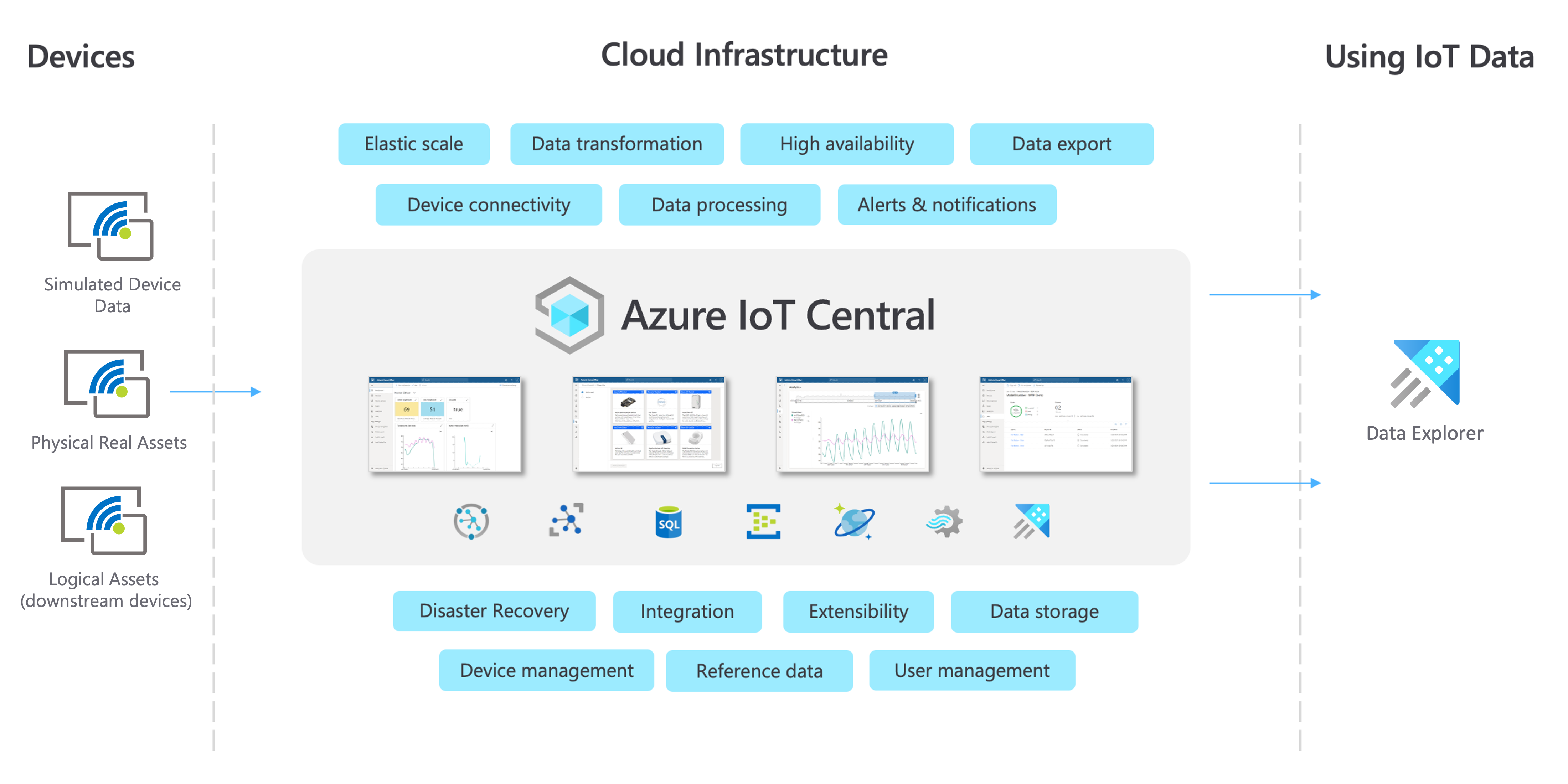Hey there, tech enthusiasts! If you're diving into the world of remote IoT devices and looking to set up secure SSH connections using Android, you're in the right place. RemoteIoT web SSH example Android is a game-changer for anyone wanting to control their IoT devices from anywhere in the world. In this article, we'll break it all down for you, step by step, so you can get your hands dirty with some serious tech magic.
Let's face it, the Internet of Things (IoT) is no longer just a buzzword. It’s a reality shaping how we interact with devices around us. But what happens when you need to access those devices remotely? That's where web SSH comes in. It’s like having a secret passageway to your IoT gadgets, even when you're miles away. Whether you're a beginner or a seasoned pro, this guide will help you master the art of remote IoT management.
Before we dive deep into the nitty-gritty, let’s quickly talk about why this matters. The ability to remotely control IoT devices isn’t just convenient—it’s essential. From smart homes to industrial automation, secure remote access ensures your systems stay safe and operational. So, buckle up because we’re about to take you on a journey through the fascinating world of remote IoT and web SSH.
- Unleashing The Power Of Bolyflix Your Ultimate Streaming Destination
- Jackerman Mothers Warmth Chapter 3 A Heartwarming Tale Of Love Courage And Family
Understanding RemoteIoT Web SSH Example Android
What Is RemoteIoT Web SSH?
RemoteIoT web SSH is essentially a method that allows you to securely connect to your IoT devices via SSH using a web interface on your Android device. Imagine being able to tweak settings or monitor data on your smart thermostat from the comfort of your couch—or even while you're on vacation. Cool, right? But what exactly makes this setup so powerful?
- Security: SSH encrypts all communication between your Android device and the IoT device, keeping prying eyes at bay.
- Convenience: With a web-based interface, you don’t need to download bulky apps. Just open your browser, and you’re good to go.
- Compatibility: Almost any modern IoT device can be configured to work with web SSH, making it a versatile solution.
Let’s not forget the "Android" part of this equation. Android’s flexibility and widespread adoption make it an ideal platform for managing remote IoT devices. Plus, its compatibility with various SSH clients makes the process smoother than ever.
Why Use RemoteIoT Web SSH Example Android?
Key Benefits of RemoteIoT Web SSH
Now that we know what remote IoT web SSH is, let’s explore why you should consider using it. Here are some compelling reasons:
- Spiraling Spirit Locker Room Unlocking The Power Within
- Ullu Web Series Online Watch Your Ultimate Destination For Edgy Entertainment
- Remote Access Anywhere: Whether you're at home, in the office, or traveling, you can access your IoT devices as long as you have an internet connection.
- Enhanced Security: SSH protocols are designed to protect your data from unauthorized access, ensuring your devices remain secure.
- Cost-Effective: You don’t need expensive hardware or software to set up web SSH. Most IoT devices already support it, and Android devices are ubiquitous.
- Scalability: As your IoT network grows, web SSH can easily scale to accommodate additional devices without significant overhead.
For example, imagine running a small business with multiple IoT devices monitoring inventory levels. With remote IoT web SSH, you can check stock levels, adjust settings, and even troubleshoot issues—all from your Android phone. Sounds pretty awesome, doesn’t it?
Setting Up RemoteIoT Web SSH Example Android
Step-by-Step Guide
Setting up remote IoT web SSH on Android might sound intimidating, but it’s actually quite straightforward. Follow these steps, and you’ll be up and running in no time.
- Install an SSH Client: Download a reliable SSH client app from the Google Play Store. Popular options include JuiceSSH and Termux.
- Configure Your IoT Device: Ensure your IoT device is set up to accept SSH connections. This usually involves enabling SSH in the device settings and noting down the IP address.
- Connect via Web Interface: Use your Android browser to access the web interface of your IoT device. Enter the IP address in the address bar, and you should see the login screen.
- Log In with SSH Credentials: Enter your username and password to establish a secure connection. If you’ve set up SSH keys, use those for added security.
- Start Managing Your Device: Once connected, you can execute commands, view logs, or make configuration changes directly from your Android device.
Pro Tip: Always use strong passwords and consider setting up two-factor authentication for an extra layer of security.
Common Challenges and Solutions
Overcoming Connection Issues
While setting up remote IoT web SSH is relatively simple, you might encounter a few hiccups along the way. Here are some common issues and how to resolve them:
- Connection Refused: Double-check the IP address and ensure the IoT device is properly configured to accept SSH connections.
- Authentication Failed: Verify your credentials and make sure SSH keys (if used) are correctly set up on both the client and server sides.
- Slow Performance: Optimize your network settings and consider using a faster internet connection if possible.
If you’re still stuck, don’t hesitate to consult the documentation for your specific IoT device or seek help from online forums dedicated to IoT and SSH.
Security Best Practices
Protecting Your RemoteIoT Web SSH Setup
Security should always be a top priority when dealing with remote IoT devices. Here are some best practices to keep your setup safe:
- Use Strong Passwords: Avoid using easily guessable passwords and consider using a password manager.
- Enable Two-Factor Authentication: This adds an extra layer of security by requiring a second form of verification.
- Regularly Update Firmware: Keep your IoT devices and SSH clients updated to patch any vulnerabilities.
- Monitor Logs: Regularly review connection logs to detect any suspicious activity.
Remember, the goal is to create a secure environment where you can confidently manage your IoT devices without worrying about potential threats.
Real-World Applications
How RemoteIoT Web SSH Example Android Can Help You
So, how can remote IoT web SSH benefit you in real-world scenarios? Let’s look at a few examples:
- Smart Home Management: Control smart thermostats, lighting systems, and security cameras from your Android device.
- Industrial Automation: Monitor and adjust settings for industrial machinery and sensors remotely.
- Agriculture: Use IoT devices to monitor soil moisture, temperature, and other environmental factors, all accessible via web SSH on Android.
These applications not only save time but also improve efficiency and reduce costs. Whether you’re a homeowner or a business owner, remote IoT web SSH has something to offer.
Tools and Resources
Recommended SSH Clients for Android
Choosing the right SSH client is crucial for a smooth experience. Here are some top recommendations:
- JuiceSSH: A user-friendly app with a clean interface and robust feature set.
- Termux: A powerful terminal emulator that supports SSH and other command-line tools.
- ConnectBot: An open-source SSH client that offers advanced features for tech-savvy users.
Each of these apps has its own strengths, so it’s worth trying them out to see which one suits your needs best.
Future Trends in RemoteIoT Web SSH Example Android
What’s Coming Next?
The future of remote IoT web SSH looks bright. With advancements in technology, we can expect even more seamless and secure ways to manage IoT devices remotely. Some trends to watch out for include:
- Quantum-Safe Encryption: As quantum computing becomes a reality, new encryption methods will ensure SSH remains secure against future threats.
- AI-Powered Monitoring: AI-driven tools will help detect anomalies and potential security breaches in real time.
- 5G Integration: Faster and more reliable connections will enhance the performance of remote IoT setups.
Stay tuned for these exciting developments and continue exploring the possibilities of remote IoT web SSH.
Conclusion
RemoteIoT web SSH example Android opens up a world of possibilities for managing IoT devices remotely. By following the steps outlined in this guide, you can set up a secure and efficient system that meets your needs. Remember to prioritize security, stay updated with the latest tools and trends, and don’t hesitate to reach out for help if you encounter any issues.
Now it’s your turn! Have you tried setting up remote IoT web SSH on Android? Share your experiences in the comments below. And if you found this article helpful, don’t forget to share it with your fellow tech enthusiasts. Together, let’s build a smarter, more connected world!
Table of Contents
- Understanding RemoteIoT Web SSH Example Android
- Why Use RemoteIoT Web SSH Example Android?
- Setting Up RemoteIoT Web SSH Example Android
- Common Challenges and Solutions
- Security Best Practices
- Real-World Applications
- Tools and Resources
- Future Trends in RemoteIoT Web SSH Example Android
- Conclusion
- Table of Contents
- Hd Hub 4 U Your Ultimate Destination For Highquality Entertainment
- Vigamovie Your Ultimate Destination For Entertainment And Movie Streaming


